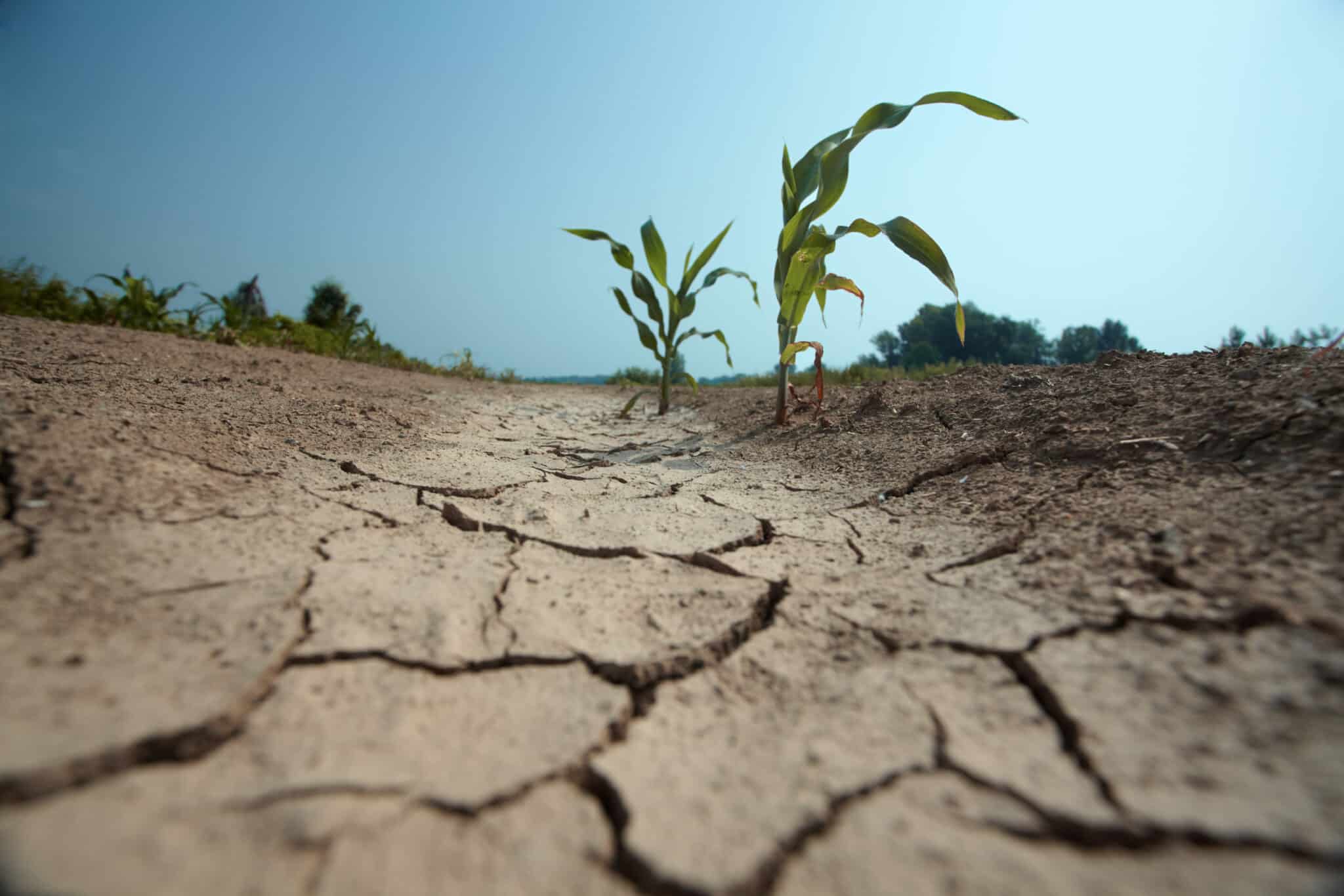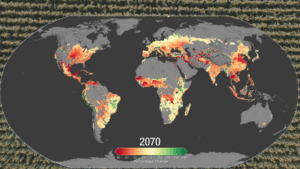Warming climate driving need for better plant water management.
The bourgeoning world population is challenging the agricultural industry to produce ever-increasing quantities of harvestable crops for food and feed. The ability to annually produce greater crop yields is aggravated by a warming of the global climate that results in more frequent and persistent droughts. Plant breeders are racing to stay ahead of growing food demand and a drying planet.
Qingwu Xue of Texas A&M University, for example, is researching drought tolerance in wheat, corn and sorghum. “My major research focus includes understanding physiological and molecular mechanisms of drought tolerance, identifying plant traits conferring stress tolerance, understanding the interactions of abiotic and biotic stresses, evaluating and developing field phenotyping tools, and developing management strategies under stress conditions,” he says.
Carlos Messina, Distinguished Laureate at Corteva Agriscience, says the company has a history of breeding for drought tolerance that dates back to the 1960s. “The effort is a very important part of our worldwide breeding efforts,” he says.
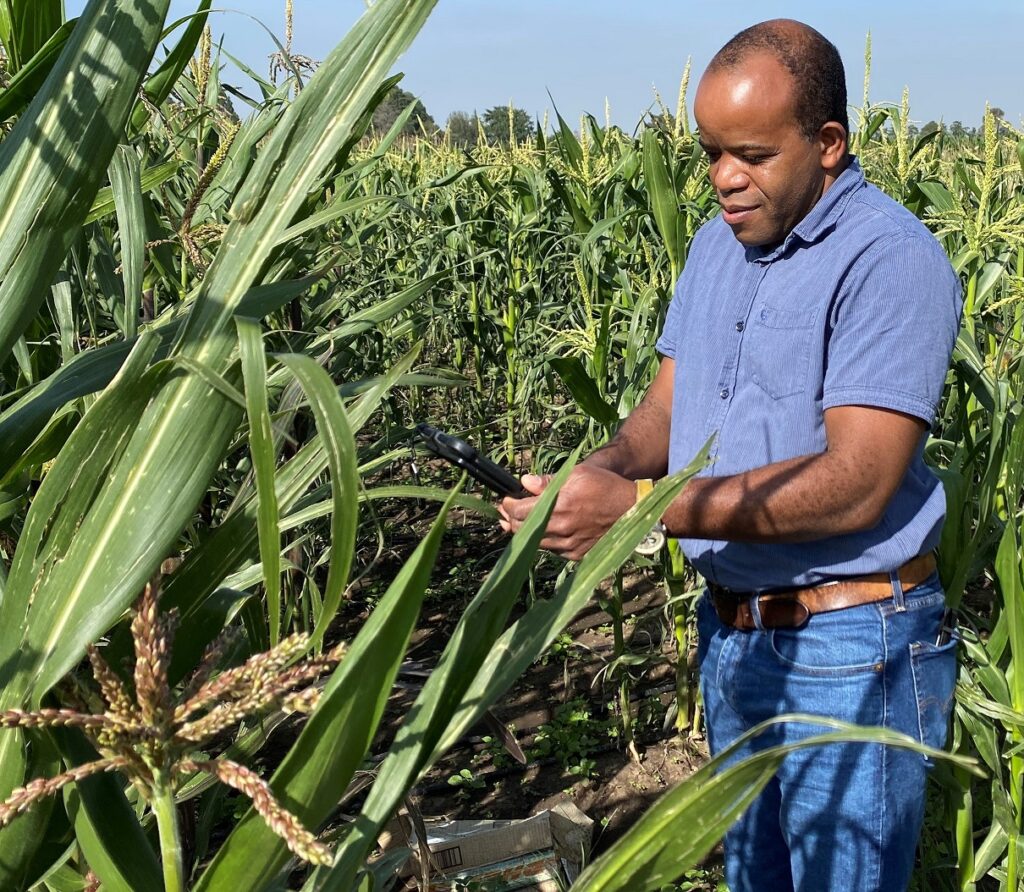
Thanda Dhliwayo, corn breeder at the International Maize and Wheat Improvement Center (CIMMYT) in Mexico, says the organization started working on drought tolerant corn in the mid-1970s. Today, CIMMYT and its partners are developing and deploying drought-tolerant corn varieties in Mexico, Sub-Saharan Africa and India.
Addressing the Challenges
The challenge to produce under scarce water conditions requires integrated actions and strategies to remodel crop genetic backgrounds.
Fortunately, says CIMMYT’s wheat physiology lead Matthew Reynolds, drought tolerance is something that can be bred.
“New challenges to crop productivity require new solutions,” he says. “Our pre-breeding pipeline seeks novel sources of adaptive and productivity traits.”
The CIMMYT maize drought research program started in Mexico and continues to be a central theme of its maize research in Mexico and other developing countries. Their mandate is to improve maize and wheat for developing countries, of which the overwhelming majority are in the tropics.
Dhliwayo says tropical maize is not adapted to temperate environments due to photo period sensitivity and differences in growing season length. However, CIMMYT germplasm is available to the public and can be used by breeding programs in the U.S. and Canada to develop drought-tolerant varieties adapted to temperate environments.
Messina reports that the AQUAmax program in the U.S., EU and Brazil, created a pipeline that provides improvements to drought tolerance without compromising overall productivity. “We have had success using molecular breeding and prediction for complex traits dealing with the multitude of mechanisms that come together to provide drought tolerances such as root development, limited transpiration, response to humidity, water balance, reproductive resilience, or ears that can hold more kernels.”
Messina says a joint study conducted by Corteva, the Phenotype Screening Corporation, the University of Kentucky and the University of Queensland’s Alliance for Agriculture and Food Innovation published in May 2021 in the Journal of Experimental Biology, investigated the proposal that changes in root systems architecture (RSA) might underpin the 3-fold increase in maize grain yield over the last century.
The researchers found that both RSA and yield have changed with decades of maize breeding, but not the crop water uptake. The results from X-ray phenotyping showed that single cross hybrids have smaller root systems than double cross hybrids and that yield and yield components were higher for single crosses than double crosses across densities and irrigation. Taken together, the results suggest that changes in RSA were not the cause of increased water uptake, but an adaptation to high-density stands used in modern agriculture.
The researchers add that advances in root physiology and phenotyping can create opportunities to maintain long-term genetic gain in maize, but a shift from ideotype to crop and production system thinking will be required.
“Drought is a complex problem and breeding by dealing with multiple mechanisms is more effective than pursuing one-trait solutions,” Messina says. “Days are becoming warmer and drier, and we need to develop varieties that can deal with that. New techniques are making it more effective to create new genetic material through recombination that increases the number of crosses that can be made. ”
Breeding Methods Old and New
Traditionally, breeding for drought stress tolerance employs the use of natural genes found in landraces, crop wild relatives and neglected and underutilized species (NUS) and introducing them into existing cropping systems.
“Traits and alleles are combined strategically into already valuable genetic backgrounds so they can be readily used by public and private breeders globally,” says Reynolds. “Novel lines based on these approaches are in high demand from public and private breeders of the International Wheat Improvement Network.”
Untempered by social and/or political constraints that currently prevent public wheat breeding programs from utilizing newer genetic tools, the private corn seed sector has made significant strides in crop improvement using transgenic approaches in the development of drought tolerances.
Messina says that biotechnology has been instrumental in Corteva’s ability to improve corn agronomic traits such as yield, nitrogen use efficiency and drought tolerance.
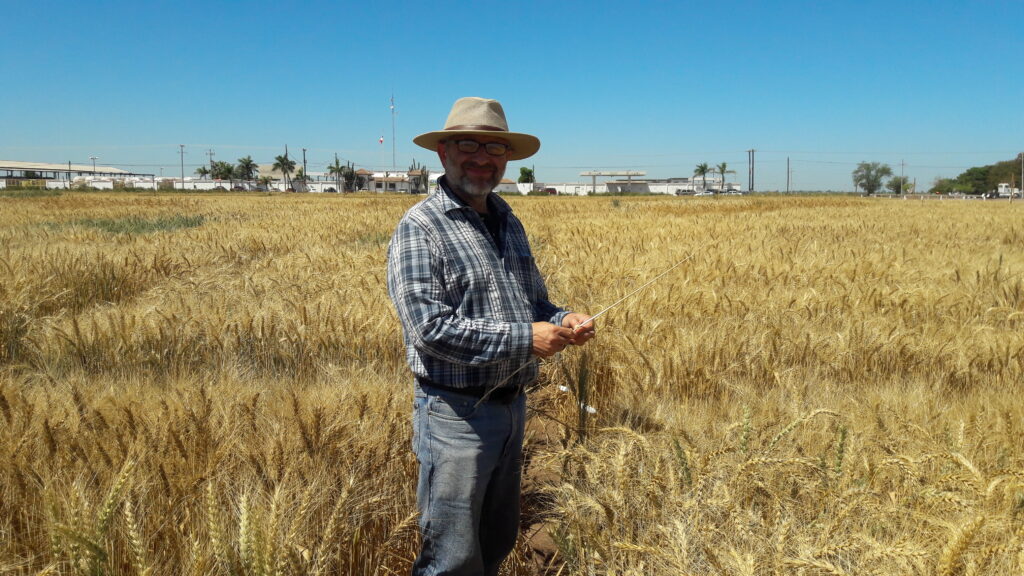
For the multi-year transgene study (2010-2018), the authors, current and former Corteva scientists, field tested a total of 1,671 unique genes sourced from 47 species. Plant genes comprised 97%, with 9% monocot and 38% dicot. Bacterial genes comprised 1.5% and fungi 1.2%. Of the plant genes, maize genes were 53% with the next three top species being Arabidopsis (37%), rice (6%) and sorghum (1.8%).
The authors reported that some genes performed positively in one hybrid, neutral or even negative in another hybrid combination, demonstrating the value of value of top-cross testers to properly evaluate promising leads. “The corollary,” they noted, “is that some number of genes likely did not perform well in primary tests because of negative interactions with that germplasm possibly obscuring the gene’s potential.”
Field testing is admittedly expensive and time-consuming. The authors highlighted a few criteria for successful field testing. First, define the desired effect size. Given the lengthy road to market, the effect should be large enough to increase elite germplasm yield, often some 20 years hence.
Second, statisticians and field staff must model field experiment designs to have enough statistical power to detect these levels of difference. Multiple diverse field sites (generally 6-12), paired controls (nulls, wildtype, and positive checks), randomization and replication, common seed nursery sourcing, plot quality assessment, planting-harvest logistics, and weather hazards, are all important aspects of these designs.
The study affirmed that “single genes can indeed be found that when reintroduced as expression cassettes in transgenic events, markedly improve maize crop yield performance in elite germplasm in commercially relevant field environments.”
The Changing Climate
Developing better drought tolerance in all crops is becoming more essential as our planet’s climate continues to warm.
“Climate change may have been underway when CIMMYT decided to improve maize for drought tolerance during the 1970s,” Dhliwayo says. “However, droughts were not a new phenomenon then. Sub-Saharan Africa has a long history of droughts with known records going as far back as the 19th century before conversations about global warming entered mainstream society.”
Dhliwayo says CIMMYT started improving maize for drought tolerance and nitrogen use efficiency after realizing the devastating effects drought and low nitrogen stress had on food security.
“Farmers in developing countries depend on rainfall to grow maize with limited access to inputs. Unfortunately, the warming climate is increasing the frequency and severity of droughts, especially in sub-Saharan Africa and other developing countries.”
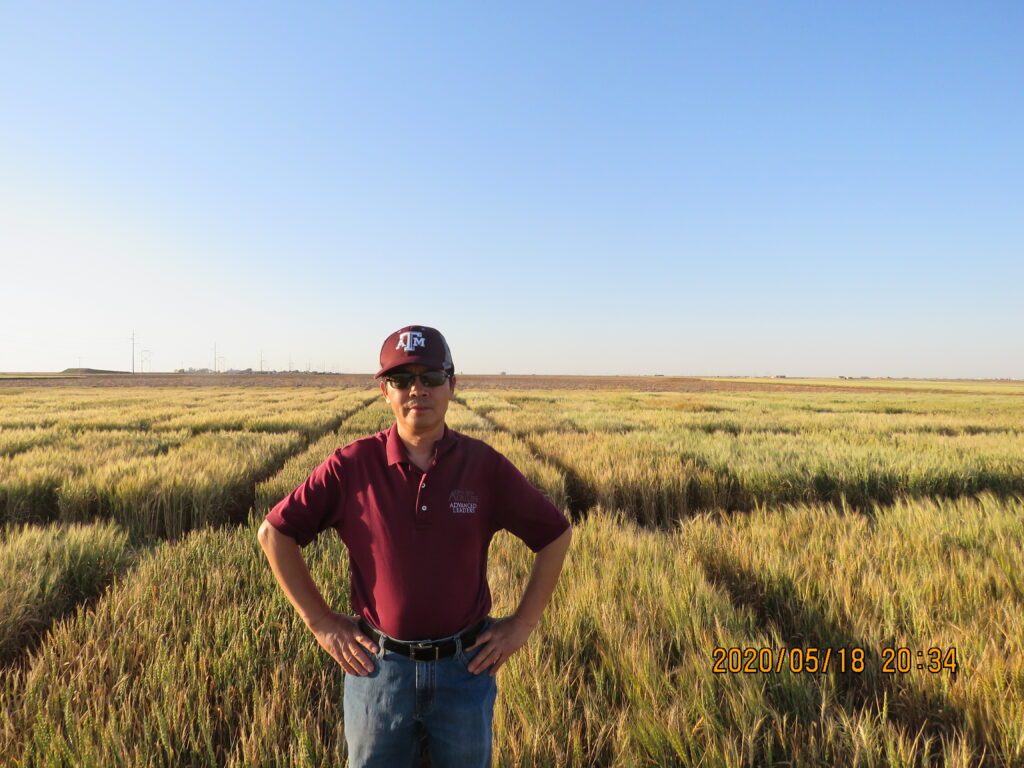
Xue agrees climate change is absolutely driving the need for better drought tolerance. “In our environment here in the Southern Great Plains, development of drought tolerant varieties has been a major research goal for decades,” he says. “Traditional breeding has made significant progress for improving drought tolerance but new genetic approaches will help to speed up breeding cycles.”
Messina says selecting crosses for further testing in the field can be improved by employing artificial intelligence methods based on the integration of quantitative genetics and biologic-based models. “This is an area that Corteva has pioneered in partnership with a number of public and private organizations, in particular the University of Queensland.
“In my opinion,” Messina says, “this is one of the most advanced predictability technologies that will help us design crops or help us predict more effectively the combinations of recombinance that will be best adapted to different types of crops which will help accelerate genetic gain. When we apply predictive breeding for drought tolerance we can show that the rate of genetic gain increases.”
“As we think about climate change,” Messina adds, “working with outside entities such as universities will help us be better at what we do and implement circularity in agriculture. It is going to take public-private partnerships to deal with the daunting problem we have in front of us.”


